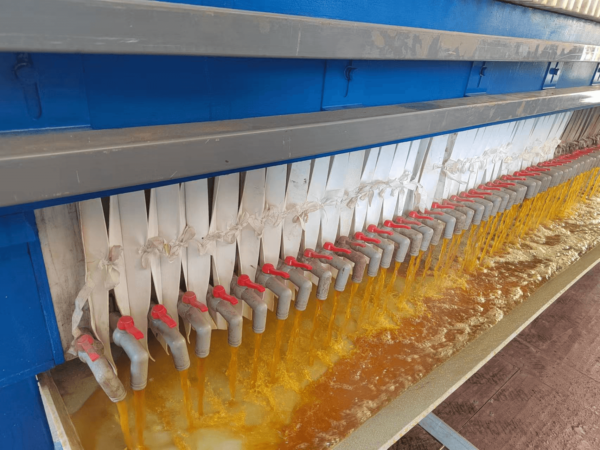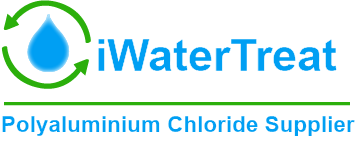Solid PAC is a product obtained by drying liquid PAC, and the differences between them can be summarized as follows:

1. Physical Form: Solid PAC is sold in bag form, while liquid PAC can be transported in tank trucks or barrels.
2. Handling: Solid PAC requires unpacking and dissolution before use, whereas liquid PAC can be directly dosed without any additional preparation.
3. Storage: Solid PAC is more space-efficient and easier to store compared to liquid PAC.
4. Dosing Method: Solid PAC can be added using a dry dosing method, directly adding it to water or wastewater. In contrast, liquid PAC is added using a wet dosing method, typically involving dosing pumps or similar equipment.
5. Mixing Efficiency: Solid PAC may have slightly lower mixing efficiency as it takes time to dissolve completely. Liquid PAC, already in a dissolved form, can mix more quickly and evenly.
6. Labor Intensity: Using solid PAC may increase labor intensity due to the unpacking process and handling of woven bag debris. Liquid PAC generally reduces labor requirements and simplifies the dosing process.
7. Corrosion Concerns: Solid PAC packaging materials and woven bag debris have the potential to cause pipeline blockage or corrosion issues. Liquid PAC, being a pre-dissolved solution, does not pose these concerns.
In summary, solid PAC offers advantages in terms of storage space and availability, while liquid PAC provides convenience in dosing, improved mixing efficiency, and reduced labor intensity. The choice between the two depends on specific application requirements and considerations.

Leave A Comment